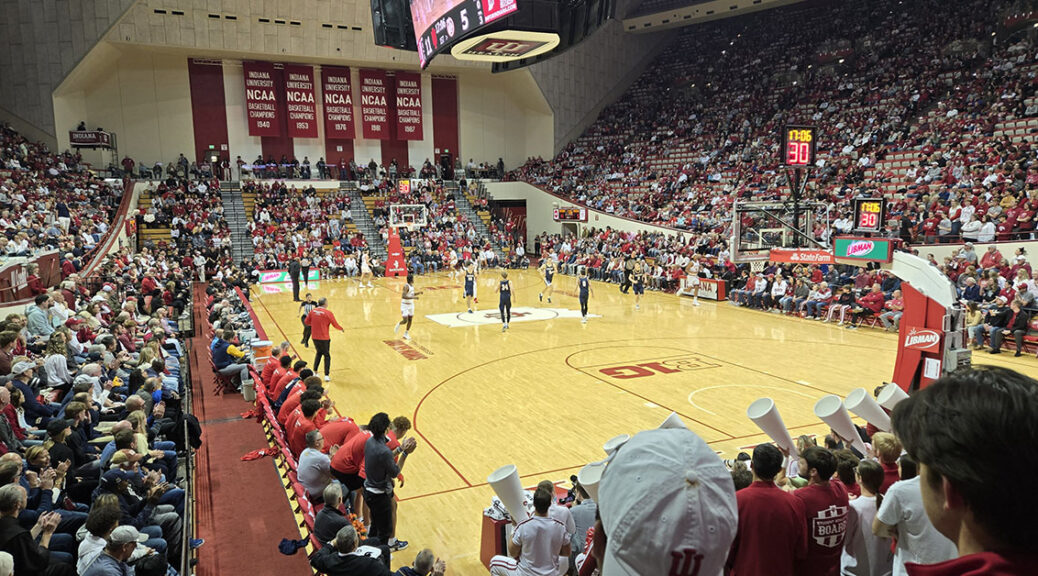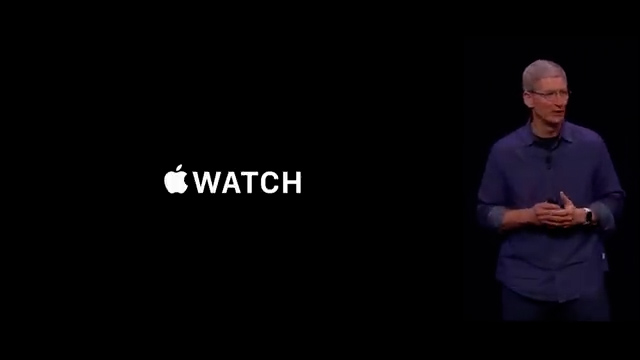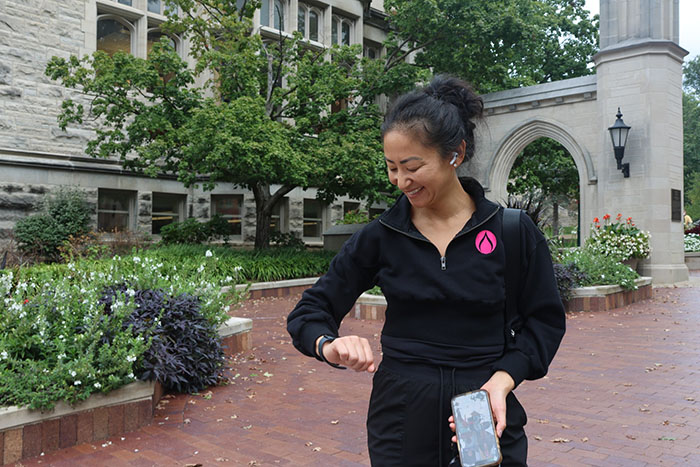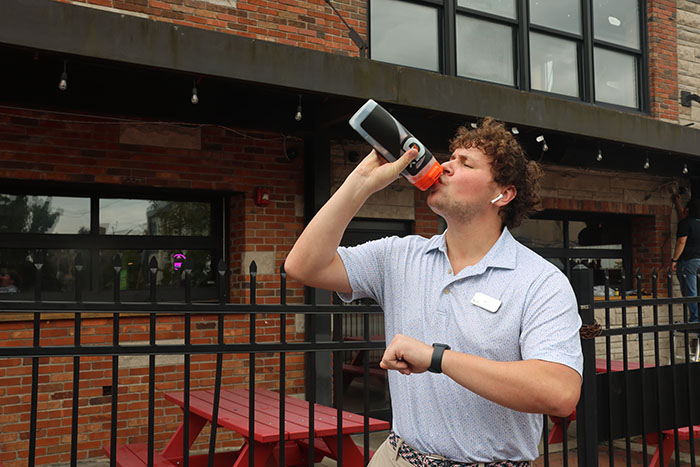Under Pressure: How NIL is Affecting the High School Athlete
By Chloe Epstein, Mike Badrov
BLOOMINGTON, IN (Nov. 5, 2024)
Feature Photo by Mike Badrov
Bloomington residents and visitors give their insights on the pressure high school athletes already face, and what could crack while NIL spreads its reach.
A droplet of sweat drips off her face, tightly gripping the basketball. The high school gymnasium is filled with eager faces of families latching onto the bleachers as she releases the ball. She scores the buzzer-beater basket as the clock ticks with ten seconds left and a tied game. The team ran onto the court as champions. The crowd jumps in the stands, their fists pumping, as their exhilarated smiles light up the room.
Beams of light appearing from the photographer’s camera add to the team holding up their new trophy. The essence of triumph from the team is enhanced by their frozen stillness on the camera’s screen. Amongst the joyous cheers, reality hits the high school team. The new Supreme Court ruling of the NCAA allows athletes to make a profit off of their name, image, and likeness. For some team members, a major endorsement is near, for others, an immense amount of pressure forms.
High school athletes are under a vast amount of pressure to brand themselves early in their athletic pursuits due to the implementation of NIL. What once was a competitive game of basketball is now heightened by the recognition and awareness of the players. Adding to the pressure of NIL, Indiana Public Media says, “It’s those deals that inflate what the average athlete makes, which is around $3,700, according to Opendorse, a leading NIL collective. It expects total NIL earnings to exceed $1 billion dollars in this year.” With NIL’s role in their careers, students must develop a compelling personal image to gain acceptance and appeal to athletic supportive brands and endorsement deals.
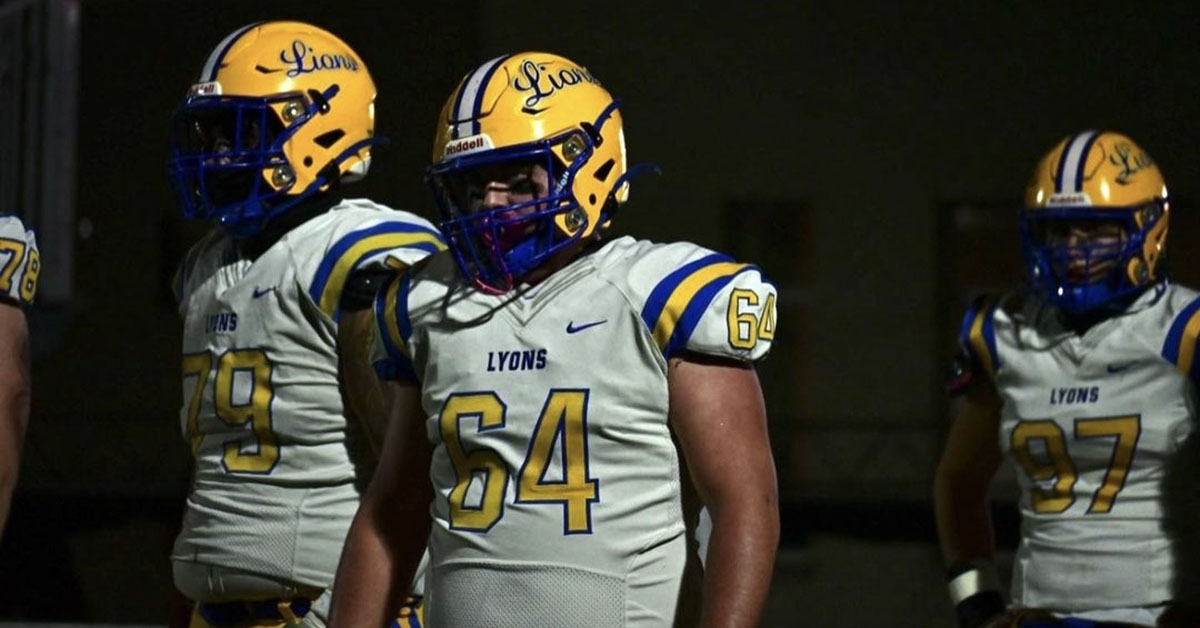
Cooper Komsthoeft, a Lyons Township High School Football Captain, shares his insight on how NIL affects the minds of high school athletes when deciding where to take their athletic careers next. He says, “NIL added a whole new idea into what colleges I would even consider. Schools like Oregon and Colorado show players making millions of dollars in college.” High school athletes now have to consider potential endorsements when deciding their futures. The growth of NIL changes the perspective of choosing a school for a student athlete in hopes to grow their personal brands. Komsthoeft continues to emphasize the struggles NIL brings into the athletic industry by saying, “I had older players telling me how hard it was to get NIL if you weren’t one of the ” “million dollar players” so it sort of stopped having me pursue it.” If you aren’t on the radar of major athletics, your chances of getting NIL are lower than those who have a name and reputation for themselves. For those who feel NIL won’t help grow their personal brand, it adds to the pressure put on their athletic careers. They unfortunately look towards a different direction for their future career paths.
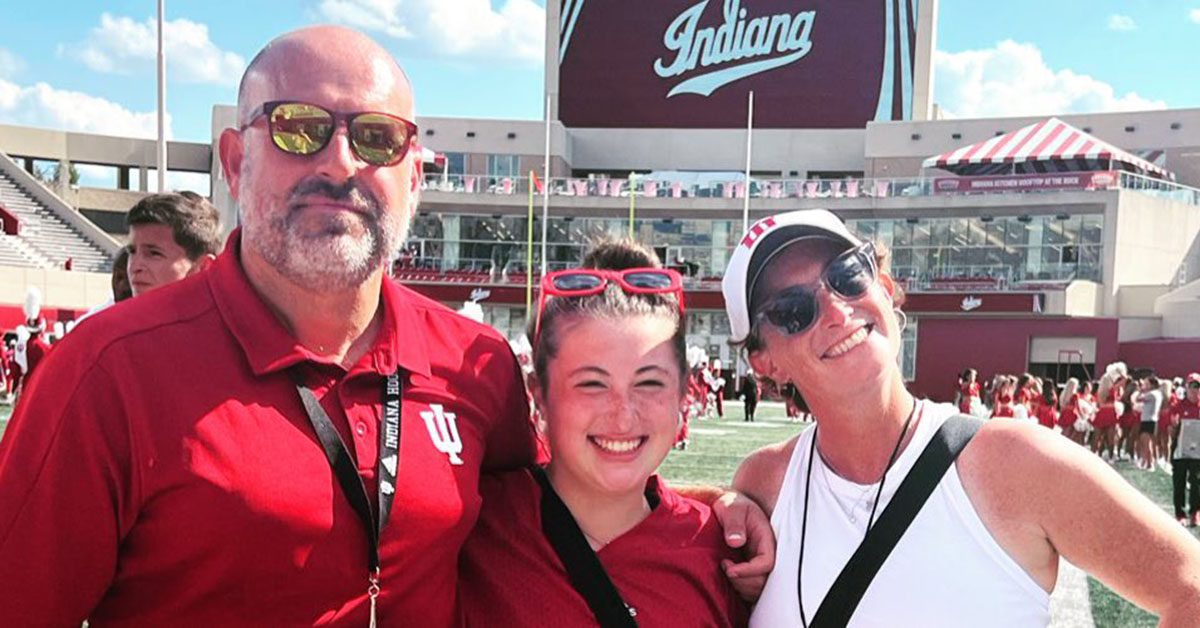
NIL is not just focused on student athlete views, others have opinions on the topic such as Jeremy Gray. Gray is the Senior Associate Athletic Director for Communicator for the IU Cuban Center. He says, “And I don’t think the average kid on let’s say the Bloomington South, and the Carmel High School, or the Munster High School, or the Schenectady North High School team you know is expecting to get [NIL] money.” High school athletes are strategic when creating their personal brand and image early in hopes they will one day be endorsed and profit off of themselves, which adds to the crippling pressure put on them. For others, they know they won’t benefit from NIL because they are not on top of the radar, making them a known player. Gray then says, “Parents on recruiting visits will ask, like, what kind of NIL opportunities are there at Indiana? And so it’s something top of the mind that way.” Students consider playing professionally. It’s important to gather information about financial decisions. Parents are enthralled in the idea of how NIL can shape their children when choosing a college. This has become a crucial factor in the decision making process.
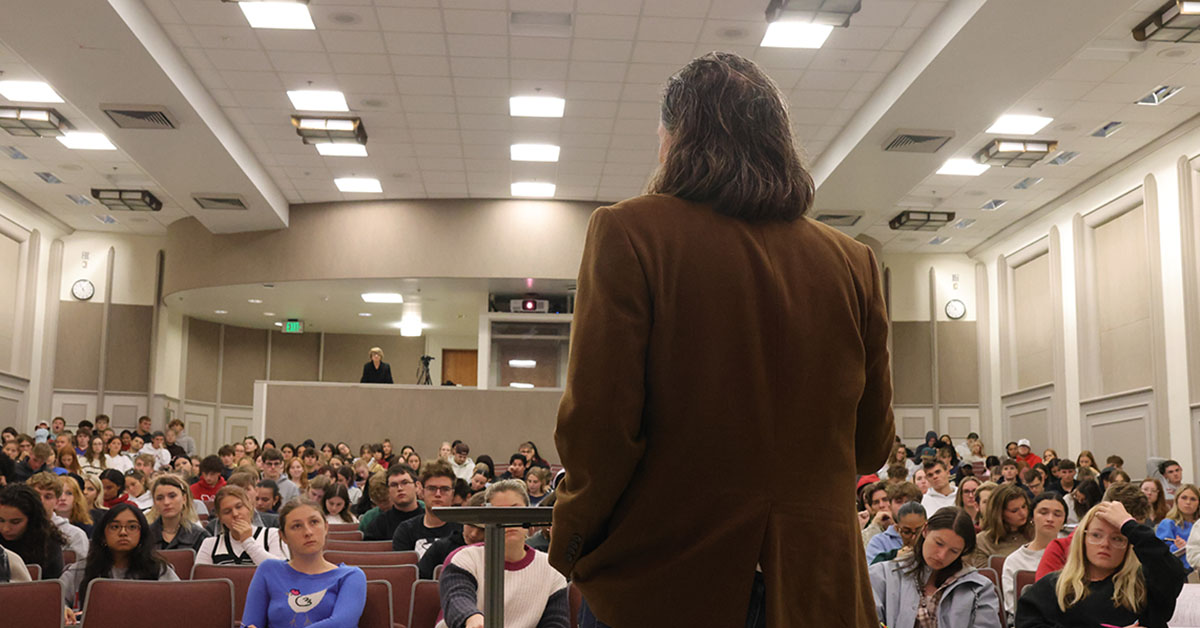
High school athletes have to manage staying on top of their academics while taking part in their sport. Keeping academics high contributes to the pressure put on them to spread awareness about themselves through social media platforms and networking. Dr. Galen Clavio says, “If you’re an okay athlete and you’re trying to develop a media presence at the high school level with the idea that it will carry over into the college level, yeah, that is extra pressure, just like it’s pressure, if you’re a college athlete with a social media following to maintain your audience and build upon your audience.” High school athletes who aren’t as known for their athletic ability feel the pressure of NIL to obtain a prevalent online presence. Having a strong personal brand helps set oneself apart. Clavio compares how college athletes need to keep their audiences, while high school athletes need to have compelling profiles of themselves for branding purposes.
High school athletes focus on their sport while utilizing NIL to draw awareness to themselves. The pressure of branding lies in how they curate their personal image. The influence of NIL is shown not only on the field or court, but online. The NCAA’s ruling of NIL pushes these young athletes to go further in their careers while still remaining to represent themselves for new opportunities that arise.
###



